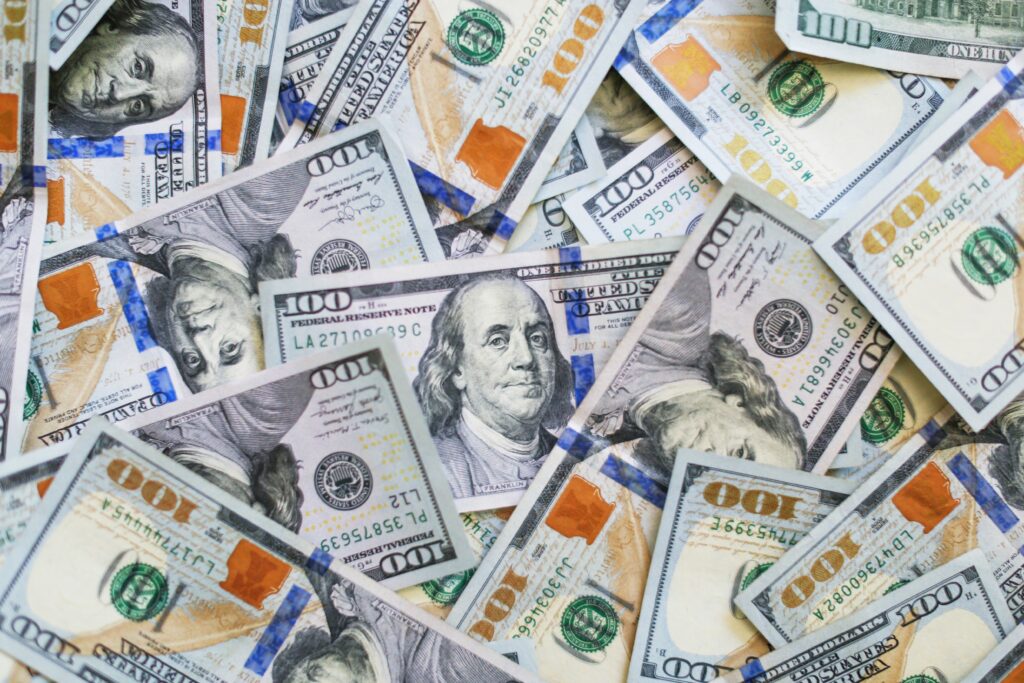
The restaurant industry has long been recognized as a challenging business, characterized by narrow profit margins and intense competition. However, the advent of economic decline, as exemplified by the impact of the COVID-19 pandemic, has amplified these inherent challenges.
Putting it into perspective, the National Restaurant Association delivered a sobering revelation. In 2020 alone, restaurant and food-service sales tumbled a staggering $240 billion below their pre-pandemic forecasts. In the face of such adversity, thriving restaurants must elevate their proficiency in cash flow management.
In this article, we will explore effective strategies that restaurants can use to enhance their cash flow management skills. This is particularly valuable when the economic climate appears overwhelmingly unfavorable.
Contents
Create a Detailed Cash Flow Forecast
Cash flow forecasts are essential tools for restaurants, especially when times are tough. They assist you in visualizing the money you’ll have coming in and going out. This allows you to prepare for occasions when you may not have sufficient cash on hand.
A recent study by the U.S. bank found that 82% of businesses fail because they don’t manage their cash flow well. To make a cash flow forecast, start by looking at how your money has moved in the past to spot any trends.
Then, think about what’s happening now, like people spending less money and supply chain problems. Your forecast should cover at least the next 12-24 months, so you can make smart choices and get ready for different situations.
Adjust Your Menu and Pricing
In times of economic decline, consumers are more price-conscious. Consider revising your menu to offer more cost-effective options without compromising quality.
Lower-priced items can attract a broader customer base, and you can still maintain profitability through smart ingredient sourcing and portion control. Additionally, revisit your pricing strategy to ensure it reflects the current economic conditions while remaining competitive.
Renegotiate Supplier Contracts
With economic challenges impacting every industry, suppliers may be willing to negotiate terms. Reach out to your key suppliers to discuss payment schedules, bulk discounts, and potential credit extensions. By renegotiating contracts and exploring cost-saving opportunities, you can improve cash flow while maintaining the quality of your offerings.
Optimize Inventory Management
Maintaining effective inventory management is vital for optimizing cash flow in restaurants. Studies have shown that when inventory is regularly and accurately tracked, it can lead to an impressive annual profit increase of up to 24%.
To achieve this, start by assessing your inventory turnover rate to pinpoint items that aren’t selling quickly and to cut down on excess stock. By incorporating just-in-time inventory practices, you can keep holding costs low and minimize waste.
Moreover, consider leveraging a restaurant management platform to streamline inventory tracking and management processes, allowing for more precise control over your stock.
Additionally, when negotiating with suppliers, consider the option of arranging smaller, more frequent deliveries. This approach can help you better align your inventory levels with actual demand, thus contributing to further cash flow optimization.
Streamline Operations
CheddrSuite suggests that you review your restaurant’s operations to pinpoint areas where you can reduce expenses without compromising service quality. This may involve reducing staff during slow periods, optimizing work schedules, and automating certain tasks like order processing or inventory tracking. Every dollar saved contributes to improved cash flow.
Diversify Revenue Streams
In times of economic decline, depending solely on dine-in customers can pose a significant risk. It’s prudent to explore diversified revenue streams by incorporating services like takeout, delivery, or catering into your restaurant’s offerings.
The food delivery industry has surged, now exceeding $150 billion globally, more than tripling since 2017. In the US, this market doubled during the COVID-19 pandemic, building on its 8 percent historical growth rate.
Embracing these alternative revenue channels not only opens doors to additional income. It also fortifies cash flow stability, even when foot traffic within your establishment is on the decline.
Focus on Marketing and Loyalty Programs
In tough economic times, holding onto loyal customers is really important. You can do this by running marketing campaigns to keep your restaurant’s name out there and by interacting with your customers on social media.
Creating loyalty programs that reward repeat customers is a smart strategy. These programs can incentivize people to choose your restaurant over others by offering meaningful rewards for their continued patronage.
According to a Deloitte survey involving over 3,000 respondents, nearly half (47%) of restaurant loyalty program members use their memberships multiple times a month. Additionally, almost a third (32%) utilize them several times a week. Plus, it’s usually cheaper to keep your existing customers happy than to find new ones.
Monitor and Adjust
Constantly monitor your cash flow, comparing actual results to your forecasts. Stay ready to adapt your strategies as the economic landscape changes. Flexibility and adaptability are essential during uncertain times.
Conclusion
Surviving and thriving as a restaurant during an economic decline requires proactive cash flow management. By focusing on the above aspects, you can improve your restaurant’s cash flow and position it for long-term success even in challenging economic conditions.
Remember, the road may be tough, but with the right financial strategies, your restaurant can navigate through the challenges. By committing to innovation, you can not only weather the storm but also emerge stronger on the other side.




